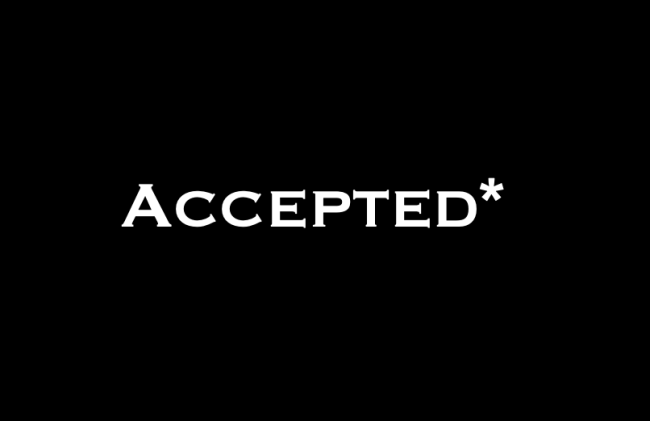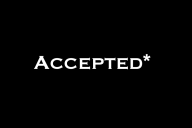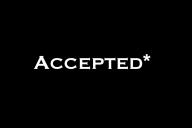You have /5 articles left.
Sign up for a free account or log in.

Inside Higher Ed
What happens when the very office tasked with ensuring diversity and inclusion becomes a space where bias and exclusion persist? When those meant to help campus communities recognize microaggressions are the same people committing them, who holds them accountable? In this essay, I’ll take you behind the scenes of diversity, equity and inclusion in higher education, revealing the struggles, the contradictions and the ironies that exist within the very walls of these offices where, too often, we find ourselves fighting not only external resistance but biases, politics and silencing within our own ranks.
As a former DEI professional in higher education, I’ve experienced a broad spectrum of institutional environments—from small private religious colleges to large public Hispanic-serving and predominantly white universities. Across these settings, I’ve gathered extensive insights into DEI programs, their progress and the obstacles they face. While some institutions have made significant strides, others have stalled, hindered by funding cuts or restrictive state legislation. After years of navigating these complexities, I’m stepping away from DEI work in higher education.
Throughout my time in DEI, I’ve encountered both inspiring and disappointing leadership. I’ve worked with leaders who were true advocates for change and others who were merely figureheads. I’ve also witnessed executive leaders in DEI offices misuse their titles and power to demean others and perpetuate anti-Blackness, stifling progress and hindering meaningful change. I’ve observed non-Black leaders leveraging their proximity to Blackness—whether through relationships, affiliations or academic focus—as a justification to speak on Black issues and shape policies that directly impact Black staff and students, often without including their voices or perspectives. Some might wonder, how can someone with a Black spouse or a degree in African American studies exhibit anti-Blackness? This false assumption of credibility allows unchecked biases to persist, often to the detriment of Black staff and students.
As a Black man in higher education working in DEI, I’ve noticed a lot of what I’d call puppetry. Senior leaders often dictate the direction of the work—deciding which issues get attention, which communities receive resources and how training or workshops are delivered. DEI in higher education in some cases is used not to disrupt inequities, but to maintain status quos of institutions that are built on ideologies that disproportionately cater to white audiences. Most DEI practitioners who refuse to go along with this are labeled as noncompliant. But these instances are not merely interpersonal conflicts. They expose a deeper issue: a culture of anti-Blackness within DEI spaces and the painful truth that DEI offices can often reinforce the very biases they claim to be dismantling.
I recall during a staff meeting when a DEI leader, a woman of color, reacted harshly to a suggestion from a senior Black colleague, who proposed that she engage more directly with students to build support for a key initiative. Instead of discussing the idea, she disregarded and chastised him in front of his peers, leaving the atmosphere tense and uncomfortable. After the meeting, I checked on him and apologized for not speaking up. In DEI spaces, you expect allies, but fear of retaliation often silences even those with good intentions—a painful reminder of how anti-Blackness can persist even in spaces meant to combat it. This is what anti-Blackness does—it isolates, silences and disillusions. It chips away at the sense of safety and solidarity that DEI is supposed to foster.
As Dian Squire and his coauthors explain, “Institutions frequently treat Black students, faculty, and staff as lesser than and without respect, marginalize them, overtax them, and showcase them.” I’ve felt this firsthand and often blamed myself, wondering if I was simply insecure or, as is so often said, suffering from impostor syndrome. But I’ve come to realize I am not the impostor. The problem lies in workplaces that refuse to accept who I am and what I bring. The real impostors were often the very people tasked with leading DEI, creating environments of discord and distrust.
DEI professionals aren’t hired to uphold the status quo of institutions. Yet, when genuine advocates emerge, they are often silenced or gaslighted. Black DEI leaders are often overworked, underresourced and yet paradoxically essential to maintaining the institution’s carefully curated image of diversity, as part of performative DEI agendas.
This goes beyond personal frustration; it’s a systemic issue. Black DEI leaders face constant microaggressions—those subtle but harmful comments, assumptions and behaviors that devalue their identity and contributions. Anti-Black microaggressions can manifest as dismissive remarks, unfair assumptions, demotions or policies that reinforce stereotypes. Research shows that this racism-related stress takes a significant toll on mental health, especially for Black professionals. The chronic racial fatigue and emotional burden can leave one questioning whether meaningful change is even possible when whiteness remains the immovable standard.
DEI is and will be under severe under attack under the presidency of Donald Trump, particularly with the incoming administration’s support from the Heritage Foundation, which targets the dismantlement of DEI nationally. Yet, for those of us in the trenches, we’ve seen these struggles brewing for years—from within. Internal conflicts over who is fit to lead, whose scholarship is prioritized and the constant fear of losing funding or staff have stalled meaningful progress.
Now more than ever, DEI offices must move beyond maintaining the status quo and focus on driving real transformation. This means incorporating feedback from faculty, staff and students; creating transparent reporting systems to evaluate their initiatives; and acknowledging their own blind spots. Sometimes, the most effective way forward involves bringing in external consultants to provide critical insights and help institutions make tangible, lasting change.
Zora Neale Hurston once said, “If you are silent about your pain, they’ll kill you and say you enjoyed it.” That quote resonates deeply because it encapsulates the reality faced by so many Black professionals laboring in DEI within higher education. Speaking out isn’t easy, but it’s necessary. The fight for equity demands more than just rhetoric—it demands integrity, accountability and the courage to embody the values we champion.



